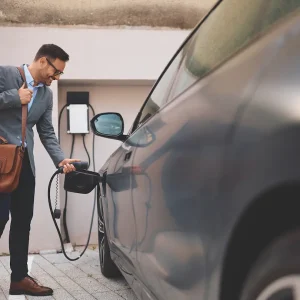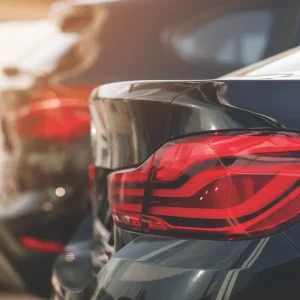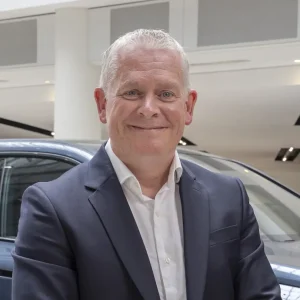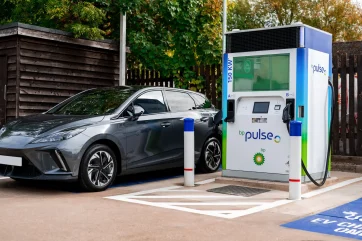
Oil companies face a pivotal decision: cling to their traditional, century-old business models or embrace the shift towards a low-carbon future. BP has chosen the latter.
In 2020, BP unveiled its strategy to transition from an international oil company focused on resource production to an integrated energy company dedicated to delivering customer solutions. Four years later, the company has made significant strides, staying true to its transformative vision.
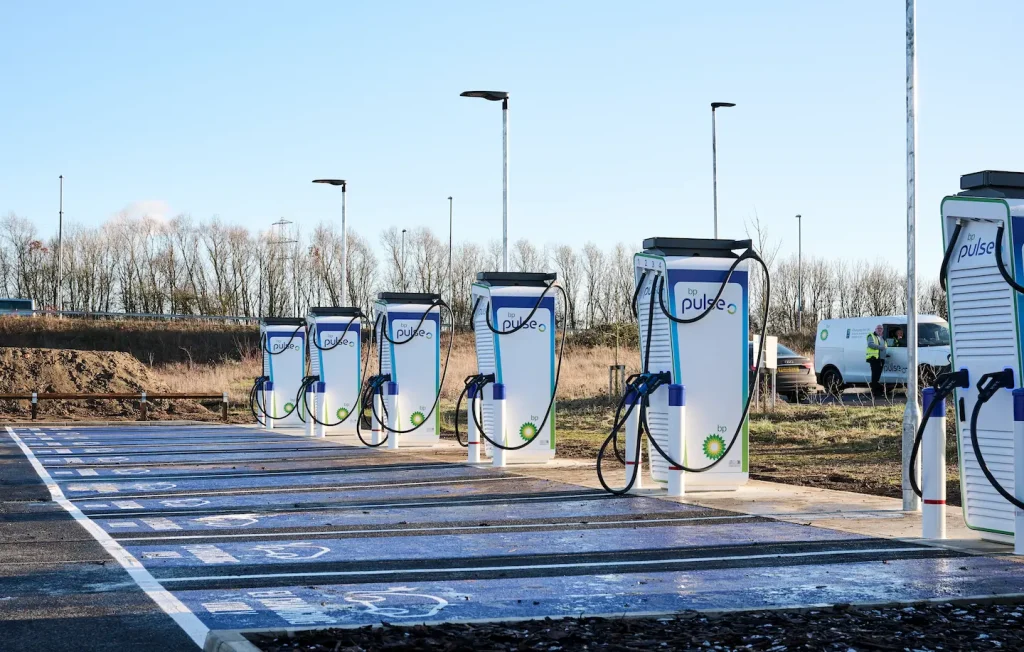
From oil to energy
Part of BP’s strategy involves a complete transformation of its mobility offerings, shifting from oil to electric solutions. Leading this initiative is Adrian Brabazon, head of Fleet Solutions, who has been with BP since graduating with a degree in European Business.
Brabazon’s journey at BP has spanned various roles in marketing before his current position, which he describes as his most exciting role yet, given the sector’s rapid transformation towards net zero. In his nearly four years in this role, he has witnessed the transport sector evolve significantly.
Supporting fleets in transitioning to electric vehicles is central to BP’s mobility strategy. This involves developing a robust network infrastructure to ensure reliable charging availability. BP’s Pulse network is one of the UK’s largest providers of public EV charging, offering fast, rapid, and ultra-fast chargers at convenient locations.
Recently, BP opened its largest charging hub in central London, capable of charging 16 vehicles simultaneously on ultra-fast chargers. The company also operates the UK’s largest EV charging hub at the NEC in Birmingham, featuring over 180 charging bays and a Starbucks drive-thru.
Brabazon notes that since BP opened its first EV charging hub on Park Lane in London in 2021, they have launched hubs at Gatwick (2022) and other locations such as Macclesfield, Tamworth, Mansfield, Hull, Oldbury, London, and Kettering. The Kettering hub, for example, features 10 300kW DC chargers that can charge up to 20 cars at the same time.
And this is just the beginning, as BP Pulse plans to open hundreds of charging hubs across the UK by 2030, part of a £1bn investment in its public network aimed at transforming BP into an integrated energy company.
“Electric vehicle charging is a key element of our transition, and we have ambitious plans in this area,” explains Brabazon. BP’s roadmap includes introducing hubs along strategic road networks and in specific cities.
These charging hubs are crucial for businesses whose drivers cannot charge at home or frequently return to base. “We believe a widely available, high-speed public charging network is essential for the adoption of EVs across the UK,” says Brabazon. “Downtime is a major concern for fleets, as it invariably costs money, making charger availability and speed critical.”
Private hire, courier, taxi, ride-hailing, and utility fleets that cover high regional mileage are a focus for BP Pulse, as these are the ones that rely most on on-the-road charging. “Our network is already helping fleet operators like Amazon and Addison Lee minimise their charging downtime,” Brabazon notes.
“We’re supporting our customers in achieving their ambitions,” he adds, “just as BP aims to be a net zero company by 2050 or sooner.”
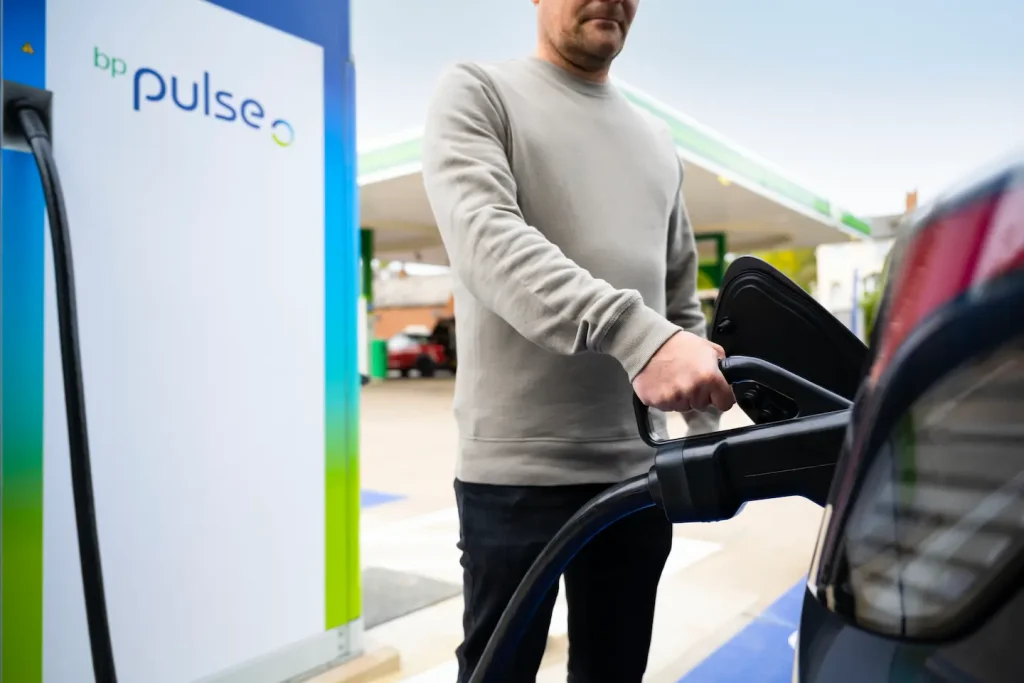
Meeting changing needs
The company is gearing up to make significant investments in a range of services, products, and offers that are designed to encourage customers to shop with them more frequently. This includes the development of new sites in strategic locations where drivers most need to charge their vehicles. Brabazon elaborates, “We want to be the first choice for customers. Through our convenience and EV strategies, we aim to provide customers with what they want, when they want it, and where they want it—whether through partnerships or our own brands.”
Historically, BP’s interactions with customers focused solely on traditional fuels. However, the scope of these conversations has now broadened. The company is increasingly discussing how it can assist customers in managing and operating multi-energy fleets.
BP’s strategy includes plans for charging points that are adaptable for future needs, such as the anticipated rise in electrification for trucks. “From diesel and EV charging to biofuels like HVO, along with integrated payment solutions to simplify the management of multi-energy fleets, it’s all part of the conversation now,” Brabazon notes. This comprehensive approach reflects BP’s commitment to staying ahead of industry trends and meeting evolving customer needs.
He also highlights a significant shift in the roles involved in these energy conversations. “While our primary customer stakeholders have traditionally been fleet managers, we are increasingly engaging with a broader range of stakeholders—from finance and operations to estate management and CEOs. This more inclusive approach helps us gain a comprehensive understanding of companies’ net zero ambitions and allows us to arrange the most efficient and cost-effective mobility solutions to reduce their fleet’s tailpipe carbon emissions.”
Brabazon emphasizes that his team is dedicated to providing customers with the energy they need today—primarily diesel—while also supporting their plans for the future with integrated energy solutions tailored for fleets of all sizes and compositions. This dual focus ensures that they meet current demands while paving the way for a sustainable future.
For car and van fleets, this mainly involves traditional fuels and EV charging. However, for fleets with heavy goods vehicles, the energy mix becomes more diverse and can include diesel, E-truck charging, and other lower-carbon transition fuels. This adaptability is crucial as it allows BP to cater to the unique needs of different fleet types, ensuring that all customers have access to the energy solutions that best suit their operational requirements.
Brabazon notes that by understanding and addressing the specific needs of various stakeholders, BP can more effectively contribute to their customers’ sustainability goals. This approach not only supports current operations but also aligns with the broader industry shift towards reducing carbon emissions and embracing greener alternatives.
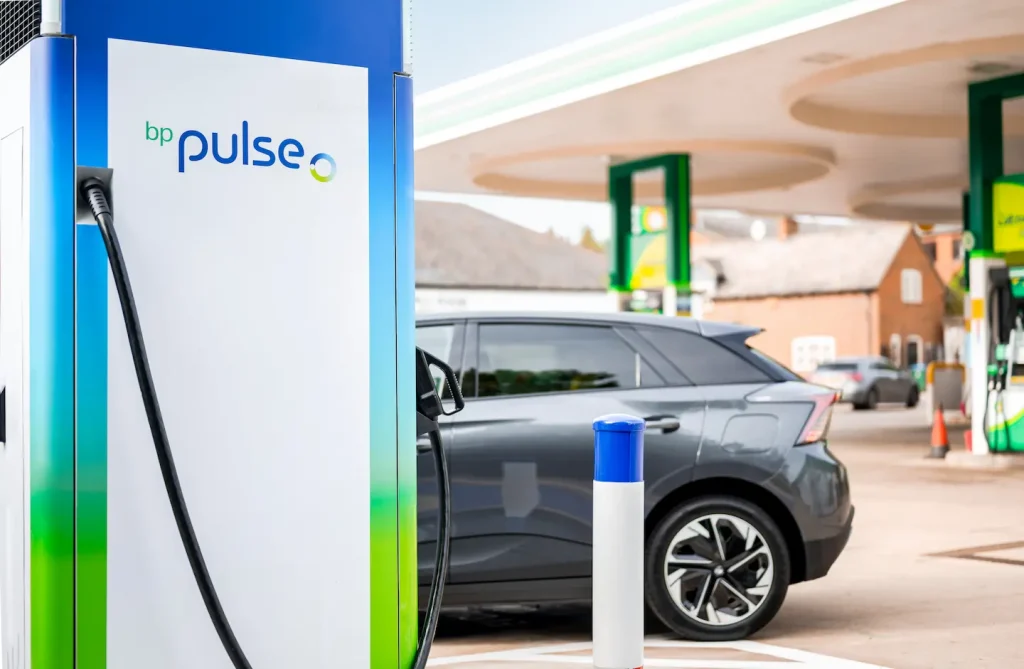
Streamlining fleet management
BP collaborates with businesses of all sizes to offer services designed to minimise the time required to manage their fleets. One key offering is the Fuel & Charge card, which allows managers to issue the same card to all drivers, regardless of whether they drive an EV or an ICE vehicle.
“They don’t have to distribute separate cards for electric charging and traditional fuels. Each driver can use the same card, no matter what vehicle they drive,” Brabazon explains.
Additionally, the user-friendly BP Fuel & Charge card online reporting platform provides a comprehensive overview of expenses for both fuel types and EV charging in one place, significantly reducing administrative time.
The card also grants drivers access to BP Pulse’s extensive network of rapid and ultra-fast charging points, along with over 3,400 conventional fuel sites across the UK, including around 1,200 BP forecourts. This ensures that drivers can refuel or recharge conveniently while on the go.
Providing payment solutions like BP’s Fuel & Charge card simplifies fleet payment management and facilitates the inclusion of electric vehicles.
“On any given day, this might involve working with a business to ensure they have access to our ‘on the go’ public EV charging network, helping SMEs simplify billing for their fleet’s fuel expenditure, or guiding HGV fleets through available alternative, lower-carbon energy options,” Brabazon says.
Last year, BP expanded the number of charge point operators available through the card, providing fleet customers with access to over 12,000 EV charge points across the UK. New operators added to the Fuel & Charge card network included Ionity, Osprey, Fastned, Chargepoint EV, EB Charging, EV Box, and Allego.
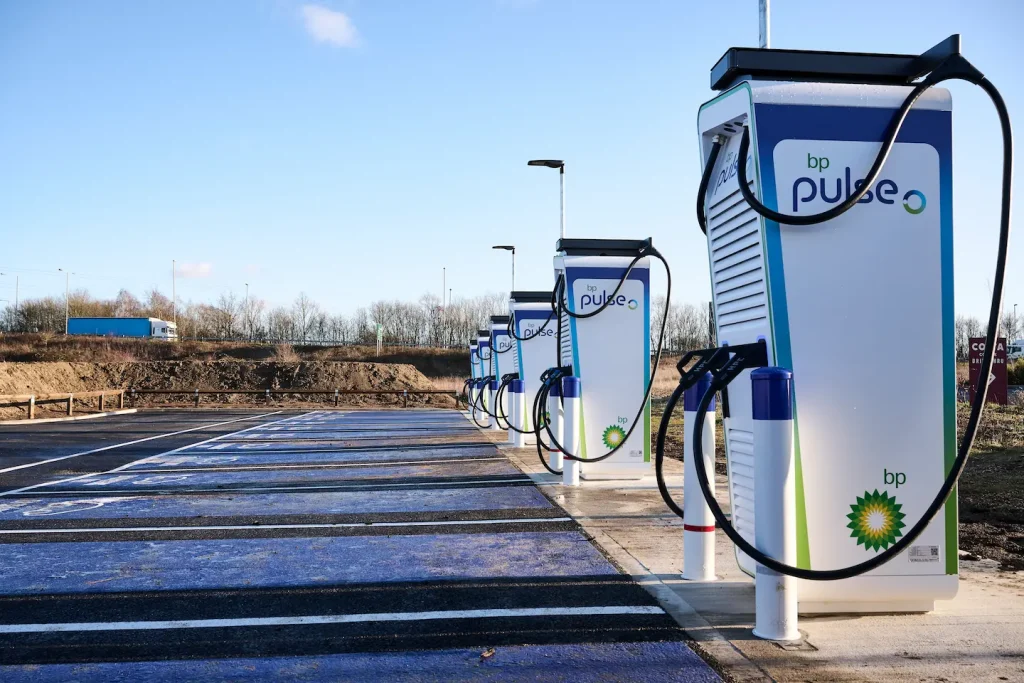
Cost cutting
In addition to its own decarbonisation strategy, BP ensures it understands its customers’ businesses and their decarbonisation goals before recommending the right solutions. Factors such as fleet composition, driver locations, and plans for transitioning to lower carbon energies are all considered to tailor the best offers for each business. “By understanding these plans and goals, BP can make custom recommendations for the best solutions,” says Brabazon.
One way BP supports businesses in managing energy transitions is by assisting them in switching to EVs. “Many businesses are not yet ready to fully transition to EVs. For those with conventional ICE vehicles, we offer our Target Neutral programme, which helps reduce, replace, and offset carbon emissions,” Brabazon explains. “We provide software to analyse fleet emissions and online training to improve driver skills and automate emissions offsetting, aiding businesses in reducing their fleets’ carbon footprints.”
Need for speed
BP recently partnered with Uber as the first between a ride-hailing platform and an integrated energy company.
Together, the companies are leveraging their global footprints to help drivers to make the transition to EVs by providing reliable, convenient, and fast charging access.
Initially, the focus will be on key markets such as Europe, the US, and the UK to support Uber’s 2030 targets, but there are future plans to expand to Australia, New Zealand, and other regions. Brabazon notes that this partnership with Uber includes offering bespoke access to BP Pulse’s high-speed charging network, complete with special offers for Uber drivers.
“We work with fleets to understand their drivers’ needs and strategically install hubs to support them,” says Brabazon. “This collaboration with demand partners like Uber allows us to build capacity and meet demand more effectively.”
In the next five years, BP plans to evolve its offerings to align with the growth of its EV charging hubs and convenience-led forecourts. “We anticipate that as customers spend more time charging, with dwell time increasing from around three to five minutes to 20 minutes, we can serve them fresh food and hot drinks, making BP the first choice for fleet customers,” Brabazon explains.
The rapid expansion of its network is also on the horizon. “It’s crucial that our customers can access the fuels they need, when they need them—no matter where they are on their decarbonisation journey,” Brabazon adds.
While the energy transition is progressing quickly, BP’s customers are at varying stages of their respective journeys and facing different challenges. “Our aim is to support customers wherever they are on this journey, making the transition to EVs as easy as possible,” says Brabazon.
BP recognises that achieving net zero requires a collective effort from multiple areas, including suppliers, partners, and government support to grow the necessary infrastructure. “We are working with industry bodies and DNOs to secure the high-power grid connections essential for the rollout of our EV charging network in the UK and worldwide,” Brabazon explains.
Given the rapidly changing industry, BP is committed to continuously testing and learning to meet evolving customer needs. “There is a multi-energy future ahead for our customers, and our convenience and mobility strategy aims to make this transition as seamless as possible,” Brabazon concludes.

